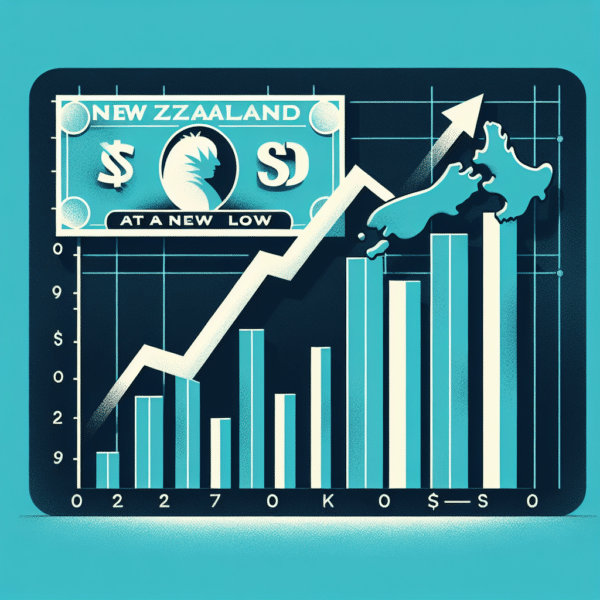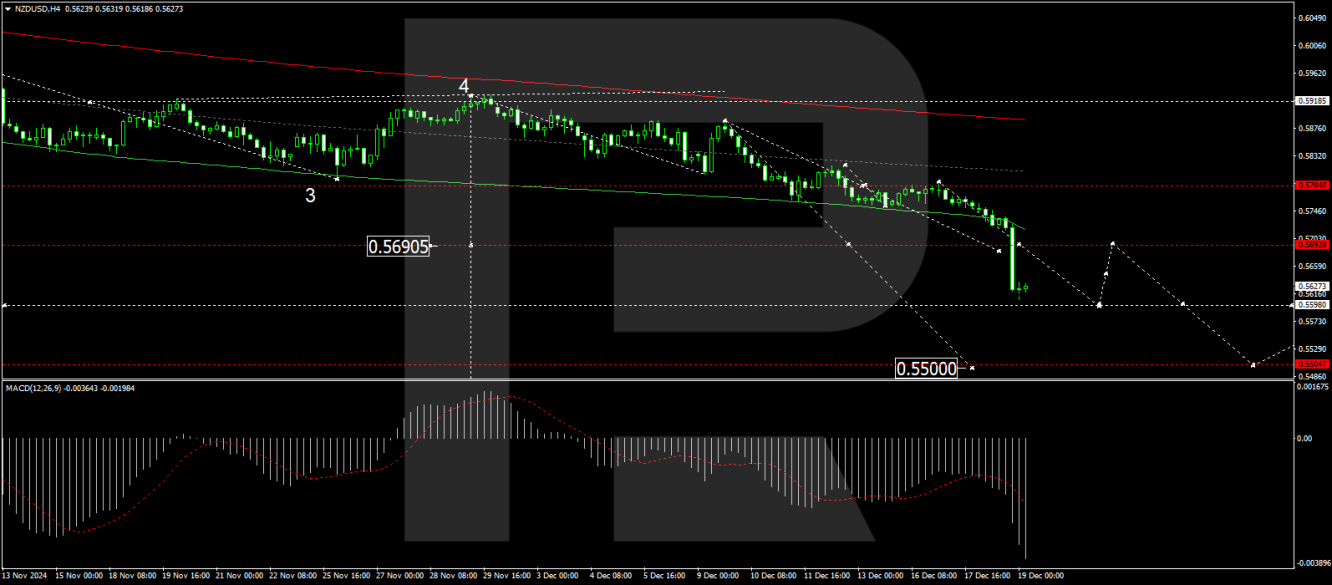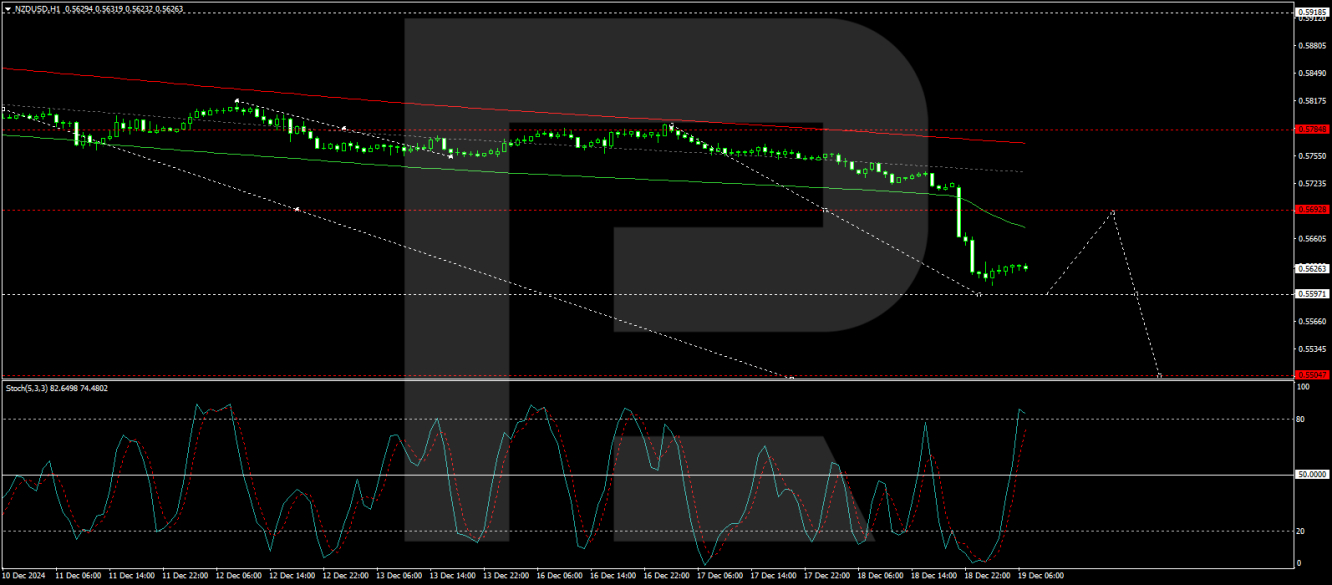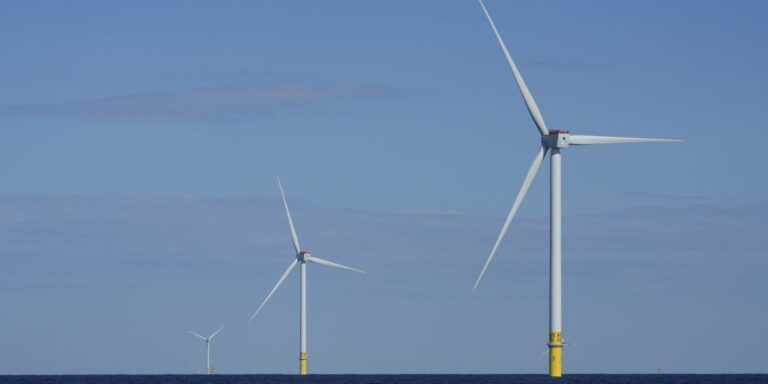[adrotate group="2"]
The NZD/USD has fallen to its lowest point since October 2022, currently trading around 0.5620. This currency pair is facing pressure primarily due to two significant factors: the rising strength of the US dollar and disappointing economic data from New Zealand.
The main reason behind the decline in NZD/USD is the strong performance of the US dollar.
Following recent developments, the US dollar has gained substantial strength, driven by expectations for minimal rate cuts in 2025. On Wednesday, the NZD experienced a drop of 2.3% against the US dollar, highlighting the influence of a hawkish Federal Reserve outlook.
Additionally, the poor performance of New Zealand’s domestic economy has also contributed to the NZD’s weaknesses. Economic data has raised concerns about a potential recession in New Zealand, as GDP contracted by 1.0% quarter-on-quarter in Q3 2024, following a revised decline of 1.1% in Q2. Year-on-year, the economy shrank by 1.5%, marking a significant deterioration from the previous quarter’s 0.5% contraction.
These GDP figures were worse than expected, fuelling fears of a deeper recession and increasing the odds of further aggressive monetary easing by the Reserve Bank of New Zealand (RBNZ). Even before this recent data, the RBNZ had been more proactive than other central banks in slashing interest rates, and the latest developments are likely to reinforce its dovish stance for 2025.
Technical Analysis of NZD/USD
On the H4 chart, NZD/USD has faced a downward pullback from the 0.5785 level and has breached the 0.5690 support level. The current market structure suggests the development of a downward wave aimed at 0.5598. After reaching this target, a corrective move to retest 0.5690 from below may occur. The break below 0.5690 clears the path for further declines toward 0.5500, with the primary target projected at 0.5454. This bearish outlook is supported by the MACD indicator, with its signal line below the zero mark and trending sharply downward.
On the H1 chart, NZD/USD is forming a downward wave towards 0.5597. Before the downward trend resumes, a short-term correction back to 0.5690 is possible. The next target will be 0.5500. This perspective is confirmed by the Stochastic oscillator, which shows its signal line near the 80 level and poised to drop toward the 20 level, indicating a continuation of the bearish momentum.
Disclaimer
The forecasts presented herein are based on the author’s opinions. This analysis should not be construed as trading advice. RoboForex disclaims any responsibility for trading outcomes arising from the recommendations and reviews provided herein.
[adrotate group="2"]







